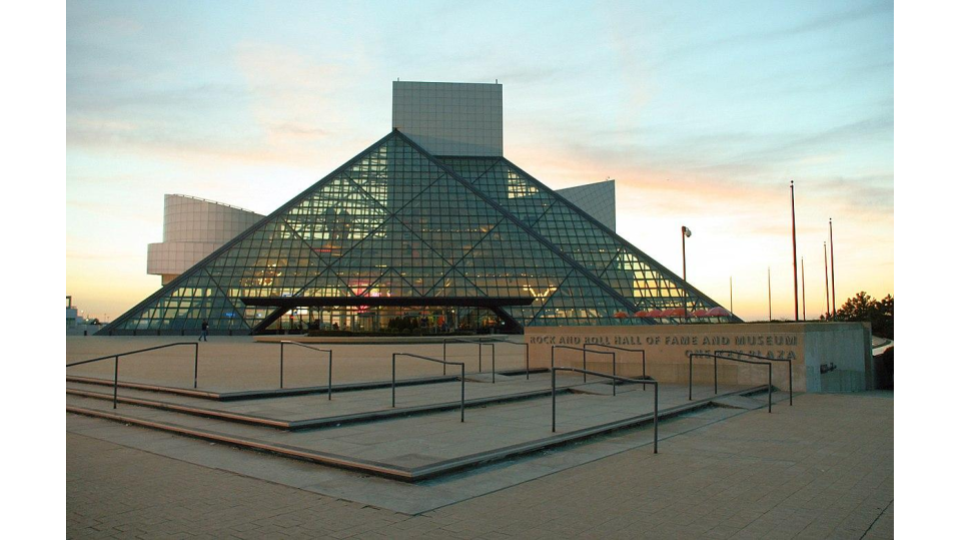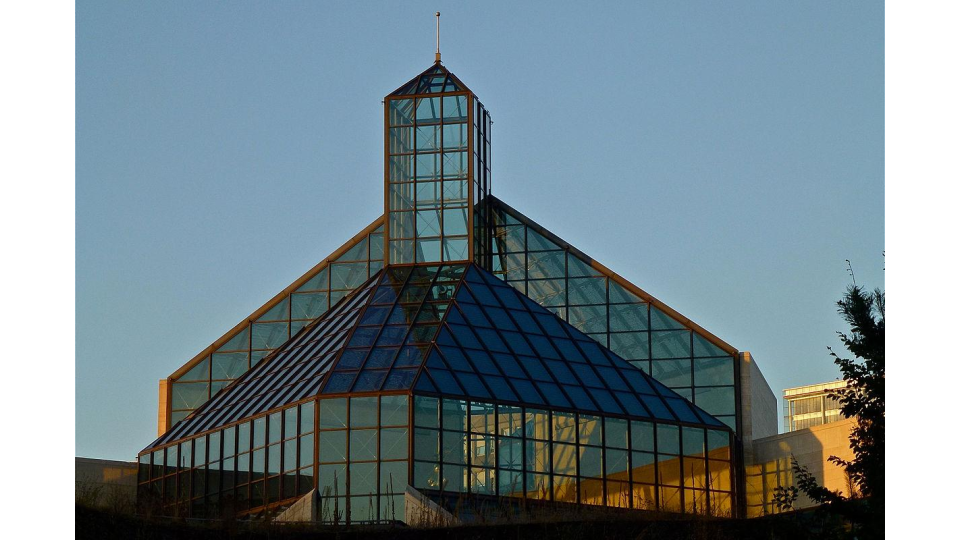
The Pyramid at the Louvre
The worlds of art and architecture lost a superstar last week in I.M. Pei, who died at the age of 102. A prolific designer of major buildings and institutions since he began working in the late 1940s, his iconic works around the world continue to profoundly influence architects working today. Born in 1917 in China, Pei moved to the US for college, eventually starting a family and spending the rest of his life here.
A progressive architect who admired the International Style of Le Corbusier, Pei wasn’t afraid to adapt more traditional styles to be more modern. His progressive take on design was flexible, changing, and award-winning: Pei won every major award in architecture including the Pritzker Prize and a Presidential Medal of Freedom, awarded by President George H. W. Bush in 1992. Pei designed all types of buildings throughout his 70-year career, from a few homes to massive office buildings. Here are seven influential museum designs that have shaped how we see art and the buildings that house them.


































